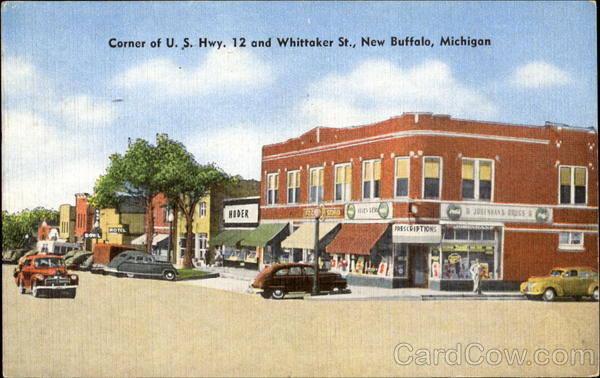Survivor of Great Lakes shipwreck recalls tragedy 40 years later
Associated Press
ROCKY RIVER, Ohio - The sole survivor of the wreck of a Great Lakes ore ship that sank in a vicious storm 40 years ago said he still wrestles with the painful memories of 28 crewmates who died.
Dennis Hale said he watched in horror as his ship, the Daniel J. Morrell, broke in two and sank in the icy waters of Lake Huron on Nov. 29, 1966. Hale, clad in only under shorts and a peacoat, bobbed on a life raft for 38 hours before he was rescued by a Coast Guard helicopter.
Unable to speak about the shipwreck for years, Hale said he battled substance abuse but eventually put his problems behind him so he could keep the memory of his crewmates alive.
"I'd hate to see them pass on and be forgotten," said Hale, 66, of Rocky River, a small city about 10 miles west of Cleveland that sits along Lake Erie.
Hale speaks each summer at the Great Lakes Shipwreck Museum in Sault Ste. Marie, Mich., recounting the how the ship went down. He choked up and broke down in tears during his first appearance at the museum in 1982, but the experience helped him get over his feeling of guilt about being the only survivor, he said.
"It took him about 30 seconds to get the first word out," recalled Tom Farnquist, the museum's executive director. "It was one of the most amazing experiences I've ever witnessed."
In 1966, Hale was 26 and living his dream of working aboard a Great Lakes ore ship. At 7,000 tons, the Morrell was two football fields long. Built in 1906, the ship had made more than 2,000 trips on the Great Lakes.
Hale said his three years working as a watchman on the ship gave him a sense of purpose after a tough childhood. His mother died during his birth, and when his father wasn't able to care for the boy, he was sent to live with an aunt.
His crewmates on the Morrell gave him a real sense of family, Hale said.
"Until I boarded the Morrell, I had nothing," he said.
On the night of the disaster, Hale said he was awakened at about 2 a.m. by a loud bang - the ship's hull was buckling under the force of large waves. He and others scrambled for life rafts. Two days later, the Coast Guard helicopter found Hale about 19 miles south of where the ship went down. Others in his life raft were dead.
"There was ice all over him," said Dr. Robert Oakes, who treated Hale at Harbor Beach General Hospital in Michigan. "It was the coldest I ever felt anybody that was alive."
Hale recovered from hypothermia and frostbite but lost a toe and part of his left foot.
A Coast Guard investigation later determined that weather forecasts in the area had been inadequate, the ship's brittle 60-year-old steel was prone to break in cold water, the ship lacked emergency radio and its life rafts offered no protection from the 33-degree air and 60-mph winds.
Hale said he occasionally finds himself standing on the shores of the Great Lakes, scanning the horizon - keeping vigil for his fallen crewmates.
"I still get a hollow feeling inside of me," he said.
 Hoosier Slide, standing 175 feet tall on the west bank of Trail Creek, dominated the area's landscape for centuries. Tourists from all parts of the world arrived by excursion trains and ships to climb the huge sand dune, rewarded at the top with a spectacular view. Like many other lake dunes, Hoosier Slide was mined for use as land fill and in glass making. By the 1920's, nothing remained of the giant dune.
Hoosier Slide, standing 175 feet tall on the west bank of Trail Creek, dominated the area's landscape for centuries. Tourists from all parts of the world arrived by excursion trains and ships to climb the huge sand dune, rewarded at the top with a spectacular view. Like many other lake dunes, Hoosier Slide was mined for use as land fill and in glass making. By the 1920's, nothing remained of the giant dune. 






